Envision
Understand more about electronic Bill of Lading (eB/L)

Benefits that an Electronic Bill of Lading
A Paperless Process
An eBL will provide supply chain parties with a paperless process. Traditionally, a BL would contain information on a physical piece of paper that would be used to transfer information and ownership of goods. Supply chain parties literally rely on a physical piece of paper. When an eBL is created, data is entered digitally, electronic stamps and signatures(e-title can be used, then the data, information, and ownership of cargo can be instantly transferred to another party.
The supply chain relies on the sharing of information and data. Therefore, if each party uses software systems with great integration abilities (via EDI, API, or other integration processes),this will allow information to be instantly shared with another software system. These can be systems such as TMS, ERPs, CRMs, accounting systems,and other supply chain software. This eliminates manual data re-entry, eliminates human error, reduces administration time & associated costs, and eliminates the need to share and store physical documents.
Many companies still manage information and data via PDF documents, spreadsheets, or other manual methods. Upgrading software systems into a ‘structured data format’ will unlock huge efficiencies and new possibilities for the future of global trade.
Instant Exchange of Information, Data, and Title
Amending information on a BL or Draft BLdoes not happen instantly, it often requires someone to manually change information in a database and re-send information back to another party. In addition, when shippers and consignees require amendments when shipments are close to arriving at the port, it can cause costly delays or demurrage charges.
Using an eBL, the transfer of the title of goods can be made in a matter of seconds, to avoid issues and delays along the supply chain.
Accessibility
Using an eBL, users will be able to access the document and data instantly online via web browser,using PCs, laptops, tablets, and mobile phones.Any smart device that is connected to the internet will allow users to have access from anywhere, anytime.
Data Accuracy
Creating a traditional Bill of Lading requires gathering information from various sources to create a BL document. Each time that data is re-entered there is an increased risk of human error.If data was captured in an electronic format or integrated into a provider’s system this would eliminate the risk of human error.
Data Security
Supply chain parties rely on the accuracy and validity of the information that is contained in the Bill of Lading document.Although there are some measures in place to reduce the risk of fraud, how does each party verify the accuracy of information ?, A traditional BL is open to a wide range of fraud as the information can be edited or manipulated in the sharing process.
Digital eBLs provide a higher level of security, especially in the case of being built on blockchain technology. Blockchain technology can guarantee the accuracy of the information and confirm the exact time and dates on which parties have created the relevant information.Because blockchain technology works on a distributed network, it ensures that data can’t be manipulated or changed without first being approved or traced.
Eliminate Postage Costs
Physically posting Bills of Lading and shipping documents Internationally may not initially seem too expensive.But when you add up the costs of the number of times this is done per year, businesses can be saving a substantial amount of money.
Electronic Storage, Searching, and Historical Records
Electronic BLs are stored in a digital format which eliminates the need to store physical documents over time.In addition, documents and records can be searched easily, by reference numbers, BL numbers, and other contact and product information.This provides the additional ability to provide reports and insights into historical information.
Challenges for the Electronic Bill Of Lading
Although online Bills of Lading will eventually replace most traditional Bills of lading, there are several challenges faced before the benefits can be provided to the industry as a whole. Below are some of the key challenges that the industry faces inorder to get wide spread adoption of eBLs.
Understanding and Adoption
Although many new technologies can provide additional benefits and efficiencies, the value can’t be provided unless users are willing to adopt a new process.In theory,new software systems and procedures are great, but the greatest challenge is changing.People are key to change.If people don’t understand the benefits or are not willing to adopt a new process, it simply can’t provide the benefits mentioned above
User adoption is key,so the User Interface and User Experience (UI/UX) must be simple and easy for people to use all over the world. If a new software process is not intuitive or it’s too hard to use, then it will fail to gain wide spread adoption.
Legal Complications
As mentioned above, the Bill of Lading process is extremely important to global trade as it acts as evidence of the contract of carriage, receipt of goods, and document title to the goods. Because global trade at its very nature involves multiple countries, each country must amend, approve and adopt new laws that enable the eBL to be used.
Such laws are not easy to change and rely on the willingness of many structures of government to make such amendments.The UNICITRAL (United Nations Commission of International Trade Law) is the legal body for the United Nations in relation to international trade law. In 2017 they created the MLETR (Model Law on Electronic Transferable Records) in order to enable the adoption of electronic transferable records.The adoption of new laws will create confidence and increase the adoption of the eBL over time.
Verifying Insurance Cover
Until new laws are adopted by different countries over the world, insurance cover may not recognize some new electronic transferable records processes.
Conclusion
As mentioned above, there is no doubt that the new Electronic Bill of Lading process will provide so many benefits, efficiencies, and cost savings to the global shipping industry.The technologies are in place, but all of the value cannot be enabledunless the laws and adoption are mainstream.
When the eBL does become mainstream, companies will have to ensure that they have efficient systems and data structures to keep competitive and also to enable the many new integration efficiencies that will come as a result.All supplychain parties must be proactive to improve any outdated processes or software systems to ensure they don’t miss the boat.
Traditionally (and even currently), the bill of lading, especially a negotiable one is issued as a physical paper document signed and stamped by the carrier, with a set number of originals.
Business people who trade across international borders have for millennia found ways of working out their own chemistry with only limited help from their respective governments. A variety of devices have enabled merchants to efficiently communicate, form contracts,allocate risk and protect their own interests while dealing with counterparts who do not share the same culture, who are not under the same legal structure,and who may be strangers personally. One such device, the carrier's bill of lading, has been with us since at least 1794 when the document was recognizedin Lickbarrow v. Mason, a House of Lords’s decision. In recent years,many experts have urged that the time has come to replace the paper bill of lading with an electronic instrument. Shippers, consignees, carriers, and intermediaries all incur expenses due to the delays caused by the handling and transmittal of paper documents. Paper documents are also, in some ways, less secure than electronic transmissions. However, many participants in the process harbour concern about security and about how the controlling functions of the bill of lading can be retained in the electronic version.
Have any of you dealt with the Electronic Bill of Lading (negotiable)and how was the experience...? Please share your experience.
Talk to us today to know how our solutions can accelerate your digital transformation
Let's Talk


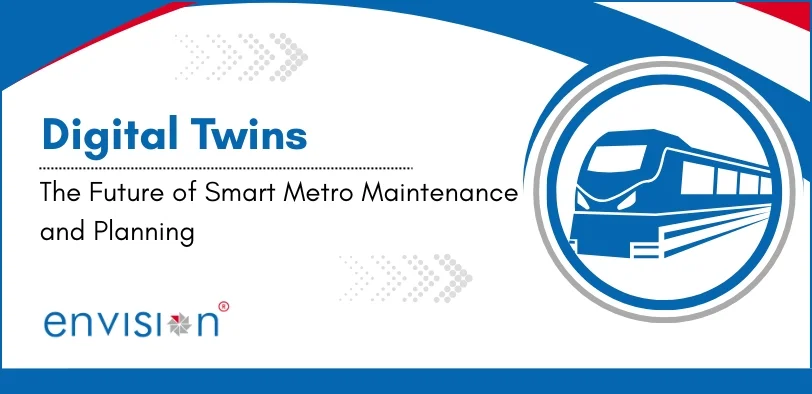

.webp)
.webp)
.webp)
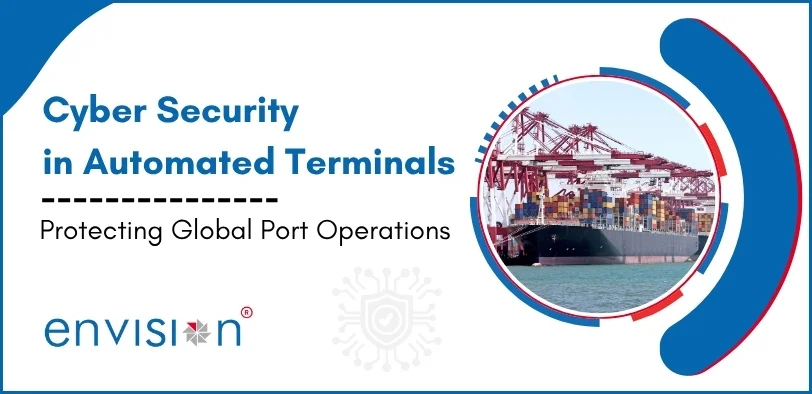



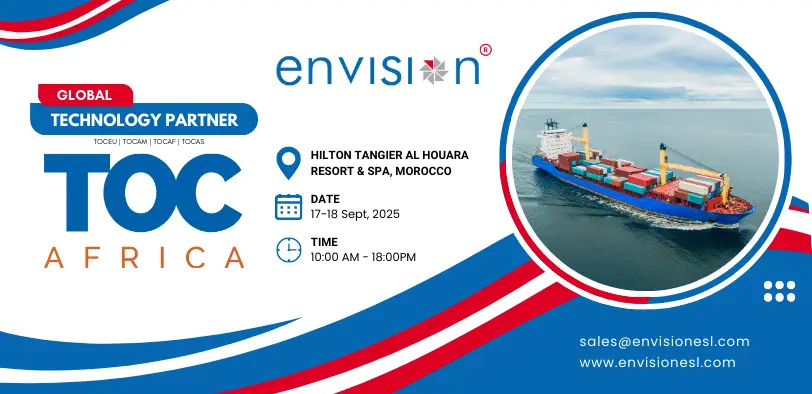
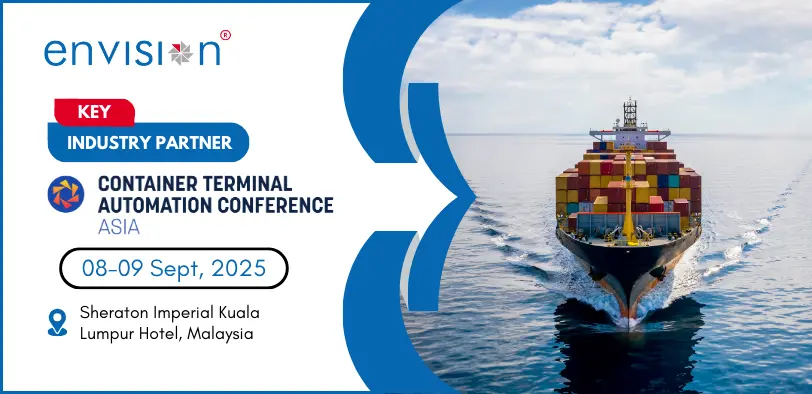
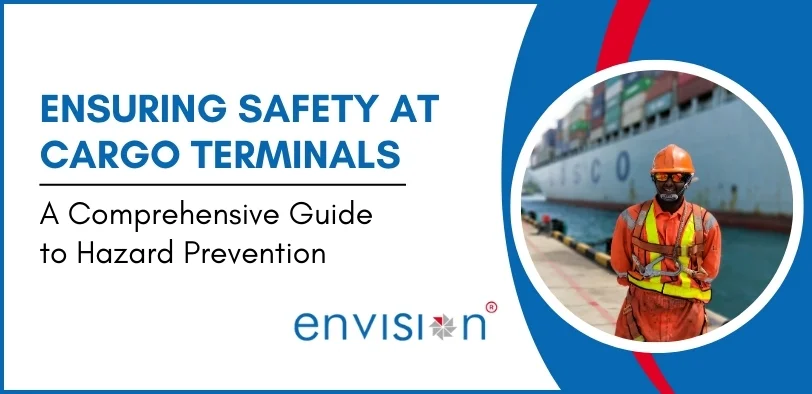
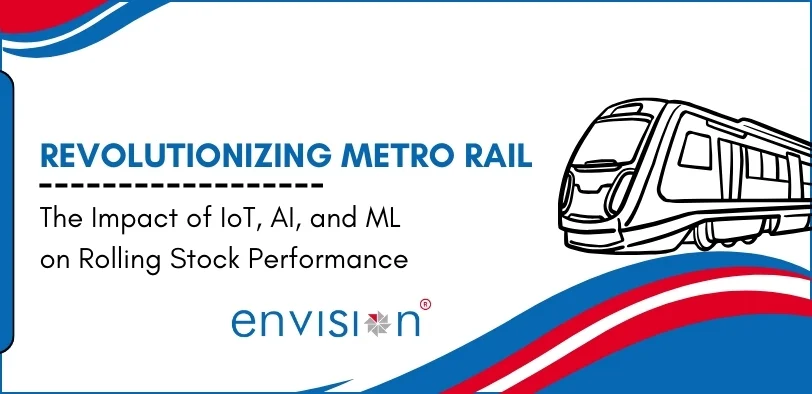
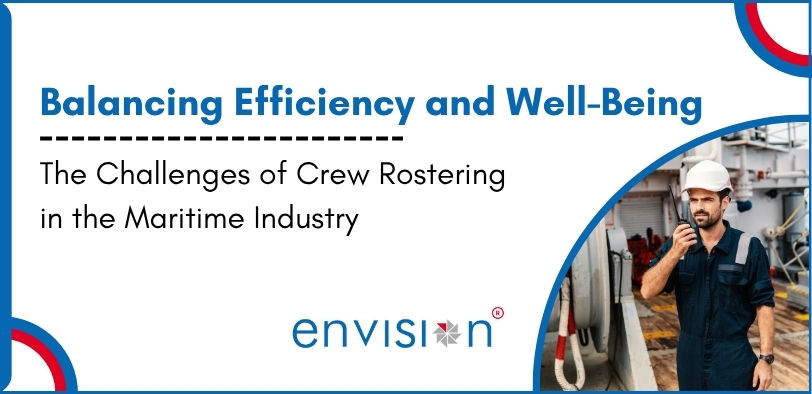
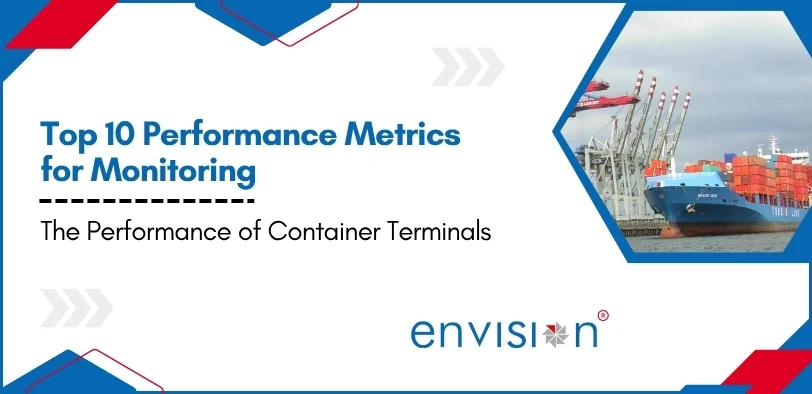
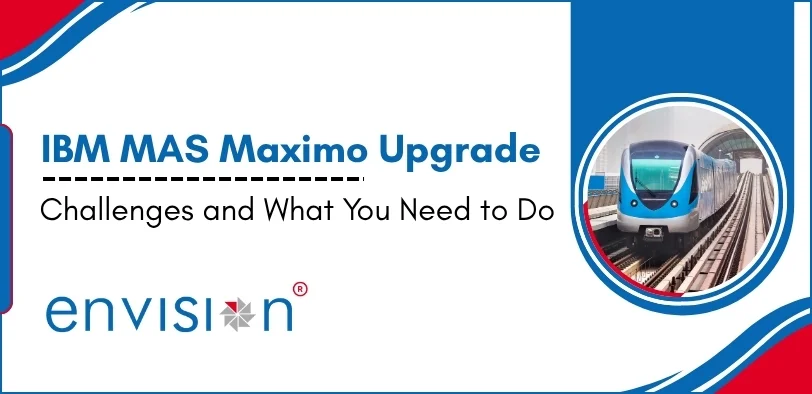
.webp)
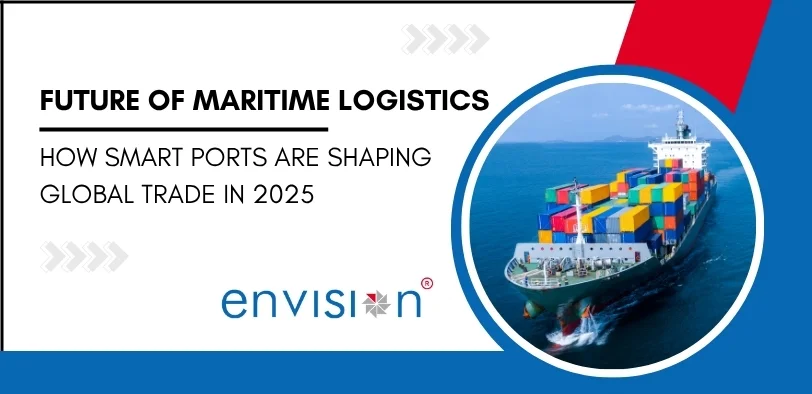







%20ver1_1.webp)







.webp)
.png)
.png)







































